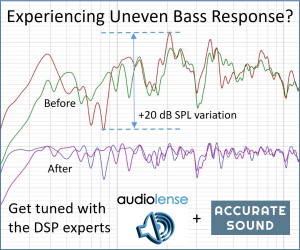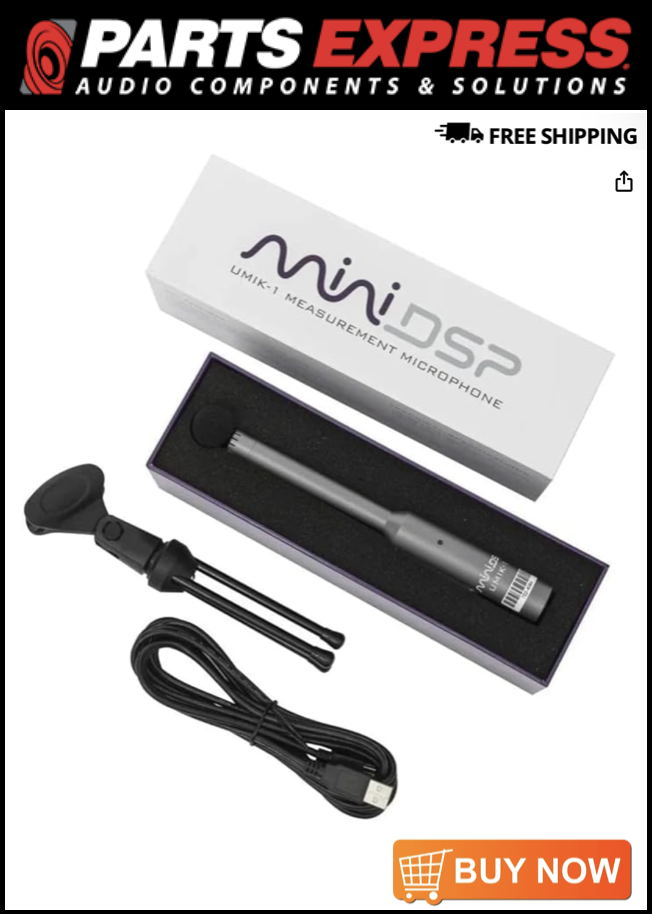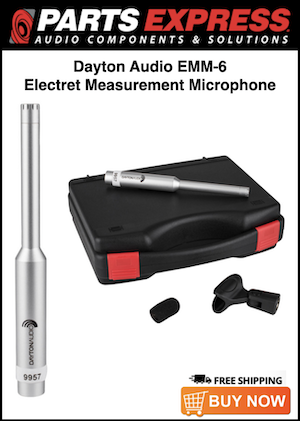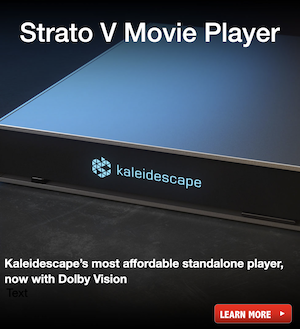AJ Soundfield
Active Member
More
- Preamp, Processor or Receiver
- Yamaha RXA800, Denon AVR-X4500, Lexicon MC10
- Main Amp
- Hypex Ncores
- Additional Amp
- Abacus Ampino, Triode Corp TRV-35SE
- DAC
- NAD M51
- Computer Audio
- AudioEngine D2
- Universal / Blu-ray / CD Player
- Yamaha BDA1010
- Front Speakers
- Soundfields
- Center Channel Speaker
- Soundfields, KEF Q150
- Surround Speakers
- Soundfields
- Surround Back Speakers
- Revel M16
- Subwoofers
- Soundfield Cardioid Rythmik Servo
- Other Speakers
- AVA ABX
It has the makings of very entertaining reading, since this sort of thing is prevalent on so many forums...and is widely/wildly misunderstood.Would there be interest in an objective and subjective analysis of Audyssey XT32 and Dirac Live?
Target curves would be made identical. Measurements would be taken before and after.
Goal is to see which achieves smoother results and which gets closest to the desired target.
Then, instant switching to determine if the differences are audible and to relate them to the graphs.
Out of curiosity, are you interested in the scientific perspective? This paper is open access and can be read free. It's a useful start for countering the usual anti-science which has already appeared.
cheers














